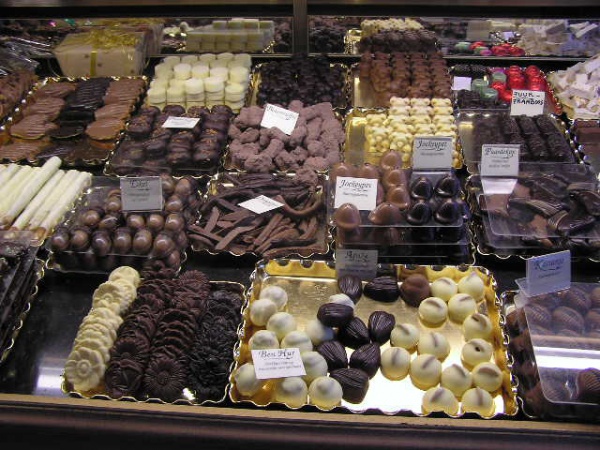Facts About Belgian chocolate
Belgian chocolate isn’t merely a treat; it’s a cornerstone of Belgium's economy and culture, with roots stretching back to the 17th century. Although the cocoa beans originate from distant regions such as Africa, Central America, and South America, it’s the craftsmanship in Belgium that elevates the chocolate to unparalleled levels of quality. The industry truly flourished in the 19th century, cementing Belgium's global reputation for chocolate-making excellence. Since 1894, stringent regulations have ensured that only chocolate processed in Belgium can be labeled as "Belgian chocolate."
The story of Belgian chocolate is intricately woven into the fabric of the country’s heritage. Take pralines, for example—those delightful soft-centered chocolates enrobed in a layer of pure bliss originated in Belgium. Not to mention truffles and chocolate figurines, which are also crowd favorites. Whether crafted by large commercial brands or small artisanal chocolatiers, many of these traditional recipes are closely guarded secrets, passed down through generations.
Belgium boasts over 2,000 chocolatiers, ranging from household names to tiny boutiques, producing approximately 172,000 tonnes of chocolate each year. Chocolate is not just a local indulgence; it’s a major export. You can walk into almost any grocery store and find a bar of Côte d'Or, one of Belgium’s famed brands. And then there are globally recognized names like Neuhaus, Godiva, Leonidas, and Guylian, all of which have elevated Belgian chocolate to international acclaim.
To maintain high quality, the European Union introduced a voluntary standard outlining the criteria for chocolate to be considered authentically "Belgian." This standard mandates that the production process must occur within Belgium. Despite some controversies over ownership and where certain parts of production might take place, Belgian chocolate remains a gold standard of quality and craftsmanship in the global market.

 France
France